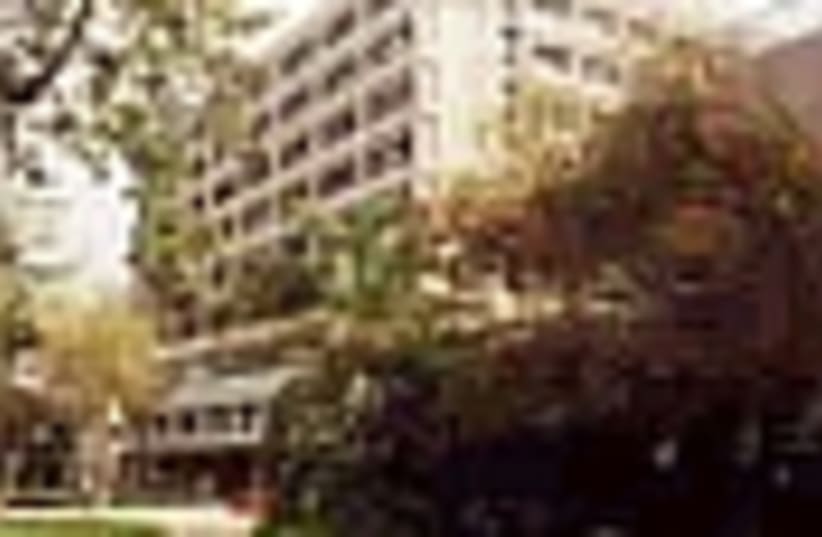| More about: | Ariel Sharon, Hadassah Medical Center |
Rehabilitation can restore stroke victims
Beit Loewenstein in Ra'anana takes care of some of the most difficult cases of stroke in Israel.


| More about: | Ariel Sharon, Hadassah Medical Center |